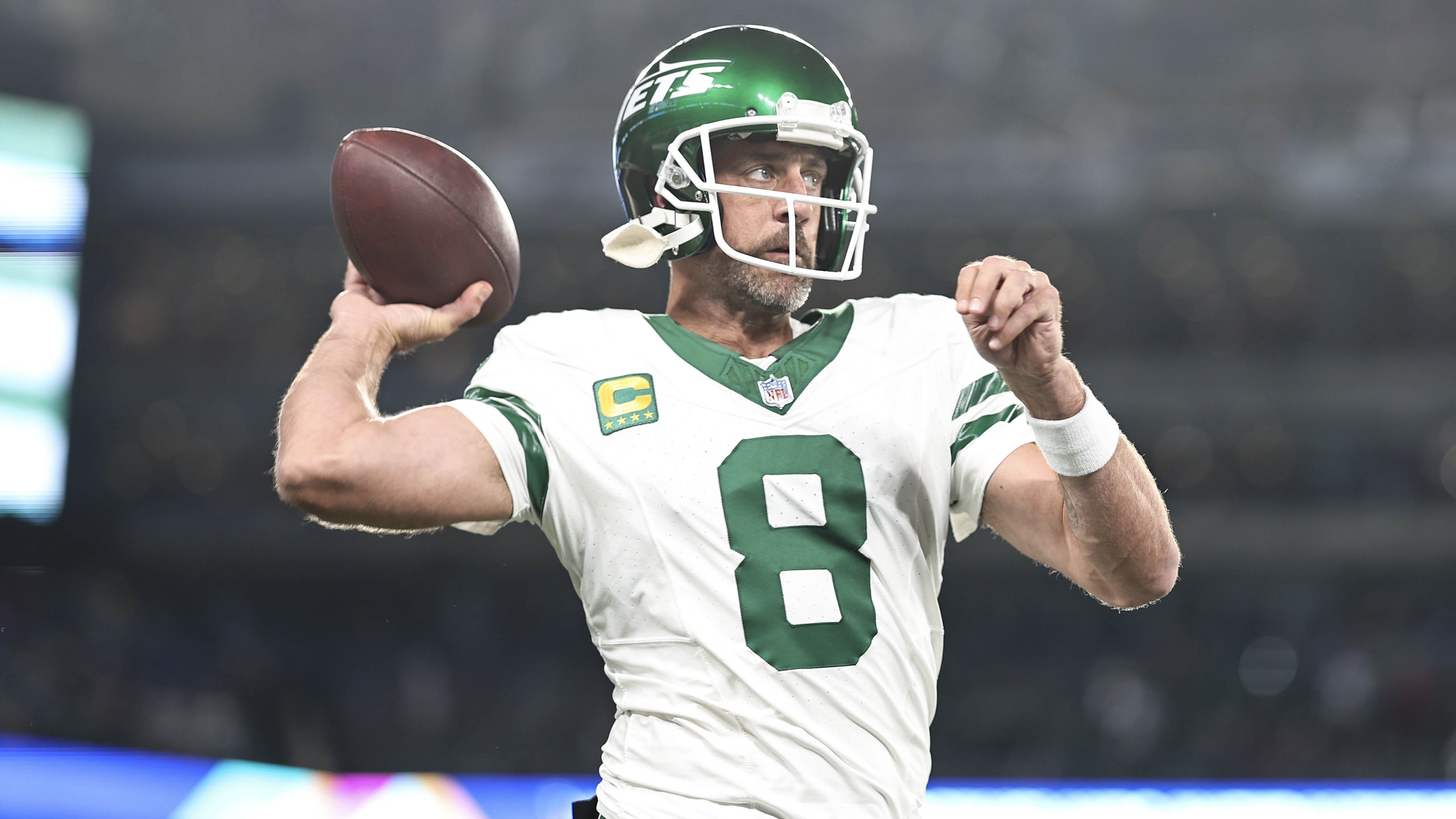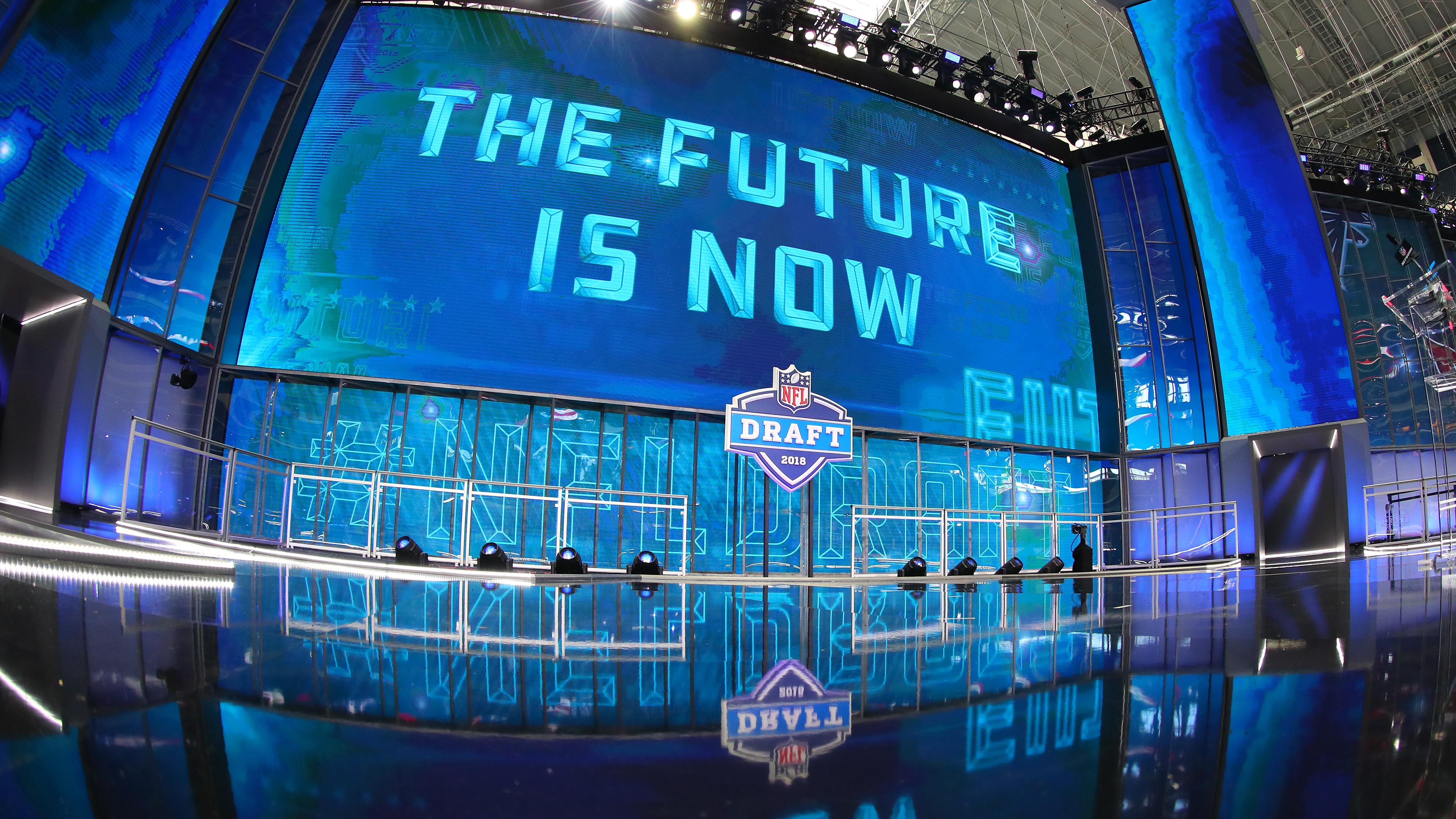
PHOENIX — As the NFL annual meetings begin this week at the extravagant Arizona Biltmore, the storylines that’ll dominate the next few days won’t involve the Bears a whole lot. Robert Kraft’s solicitation charges, Rob Gronkowski’s retirement, instant replay for pass interference and guaranteeing both teams possess the ball in overtime: These are the topics that’ll drive the national conversation about the NFL this week.
The Bears come to the warmth and sun of Arizona as one of the NFL’s most relevant teams, coming off a 12-4 season with a dynamic coach, elite defense and an under-construction quarterback. But there’s no drama surrounding the organization. They didn’t trade away one of the best receivers in the NFL or go on a spending spree. They’re not in the market for Kyler Murray. They’re not agitating for rule changes after getting wronged in the playoffs by anything other than the Soldier Field's north end zone upright and crossbar.
But there still remain some unresolved questions surrounding the team beyond, of course, the biggest one (how good will Mitch Trubisky be in 2019?). A few important topics to note:
Stay in the game with the latest updates on your beloved Chicago sports teams! Sign up here for our All Access Daily newsletter.
What’s left to shake out at running back?
Jordan Howard is still on the Bears’ roster a few weeks after a report surfaced that the Bears were discussing trading the 24-year-old running back. That’s hardly surprising: The running back free agent market, after Le’Veon Bell signed that massive deal with the New York Jets, didn’t deliver any other large contracts. Only three other free agent running backs received more than $5 million in guaranteed money (Mark Ingram from Baltimore, Latavius Murray from New Orleans, Tevin Coleman from San Francisco). Guys like Isaiah Crowell, T.J. Yeldon and C.J. Anderson are all still available on the free agent market, too.
The point: Why would a team give up a valuable draft pick for Howard right now, when there have been and still are options available for a more modest cost?
The Bears don’t have to trade Howard, hardly, given a healthy cap situation (more on that later) and the simple fact that they haven’t drafted a running back yet. It may seem like a safe assumption that Ryan Pace will select a running back with a third/fourth/fifth-round pick, but then again, it seemed like a safe assumption that Pace would take an outside linebacker before the sixth round in last year’s draft.
NFL
Howard very well could have a role on the 2019 Bears if the running backs the team likes aren’t available, or aren’t among their “best available” options when they’re on the clock in April. Pace could move Howard during the draft to improve his draft position by a round or two, or in a given round, but it’s unlikely to be a drastic improvement.
Still, the Bears need to improve their running game for the overall health of Matt Nagy's offense. Signing Mike Davis should help with those efforts, but that move may not be the entirety of the solution. There’s still plenty left to play out here.
Will the kicking competition add more names?
So far, the Bears have two kickers on their roster: Chris Blewitt and Redford Jones. Neither have kicked in an NFL game despite last appearing at the college level since 2016 and 2017, respectively.
Pace said at the NFL Combine last month he envisions a “major competition” to determine who the Bears’ kicker will be in 2019, and that could result in more than two kickers being a part of it. Blewitt and Jones both emerged out of tryouts earlier this year; it seems likely, though, that the Bears will bring in at least one more kicker who at the least played somewhere in 2018.
The Bears do currently have the cap space to sign Stephen Gostkowski, though coupled with Cody Parkey’s dead money that could mean sinking upward of $8 million into a position on which teams usually don’t spend. It also may be telling that the 35-year-old Gostkowski is still available despite kicking for the New England Patriots for the last 13 years.
Perhaps a more likely path is the Bears using one of their two seventh-round draft picks on a kicker, or signing an undrafted free agent. This “major competition,” too, also isn’t guaranteed to result in anything: The Bears, after all, could find their 2019 kicker on the waiver wire after cut-down day in September.
Capping it off
Per the NFLPA’s public salary cap report, the Bears have $17,795,716 in available cap space. Even with that amount, the contract edge rusher Justin Houston signed with the Indianapolis Colts (two years, $24 million) was probably too rich, and it’s unlikely he would’ve wanted to come to the Bears anyway without a clear path to a prominent role.
Cap space can roll over from year to year, so the Bears don’t have to spend all of that money. There was an assumption making the rounds on social media — after the team created a sizable chunk of cap space by converting some of Khalil Mack’s base salary to a signing bonus — that the Bears were lining up for a big-splash move, but Pace was keen on using it to make smaller acquisitions. The team could still use an edge rusher to slide into a rotational role behind Mack and Leonard Floyd, which Aaron Lynch (who's still a free agent) filled last year.
The Bears’ cap situation in future years, though, is more interesting. Without any rollover cap, increase in the league’s cap space and roster moves, Spotrac estimates the Bears have a little under $3 million in cap space in 2020. That, though, will go up — but then also come down via Floyd’s fifth-year option salary and, potentially, a new contract for Cody Whitehair.
2021 is when the Bears’ cap situation will be fascinating, too, with Mack’s cap hit checking in at $26.646 million, per Spotrac. A fifth-year option for Trubisky will be worth north of $20 million, meaning nearly $50 million in cap space could be tied up between those two players. Pace and his front office have managed the cap well during their time in Chicago, but building a competitive roster will become more of a challenge beginning in 2021 when Trubisky’s salary will escalate.
Then again, it’ll be easier to build a competitive roster if Trubisky develops into the kind of quarterback who can make an entire team better.


